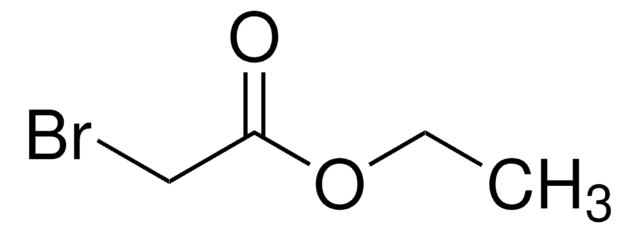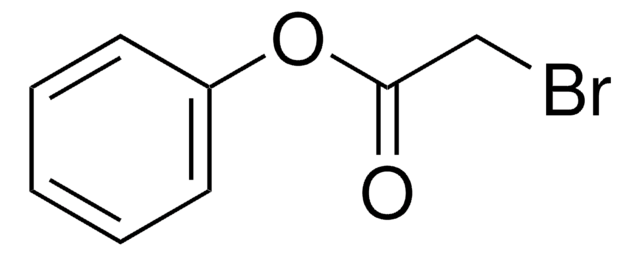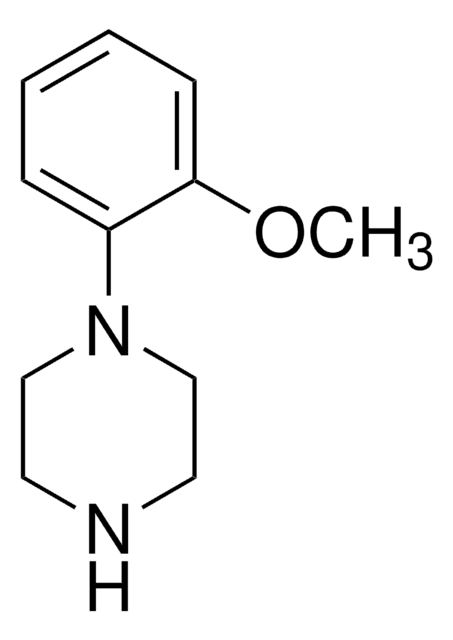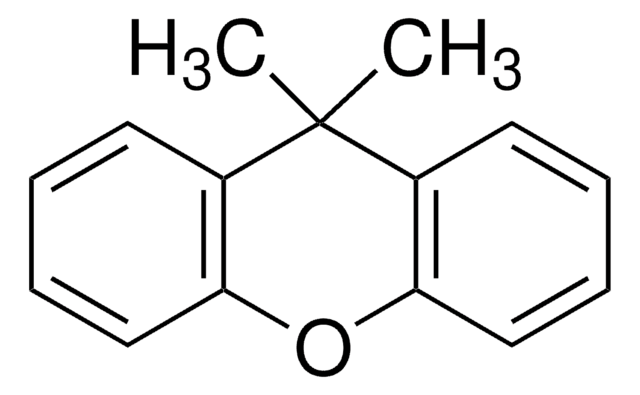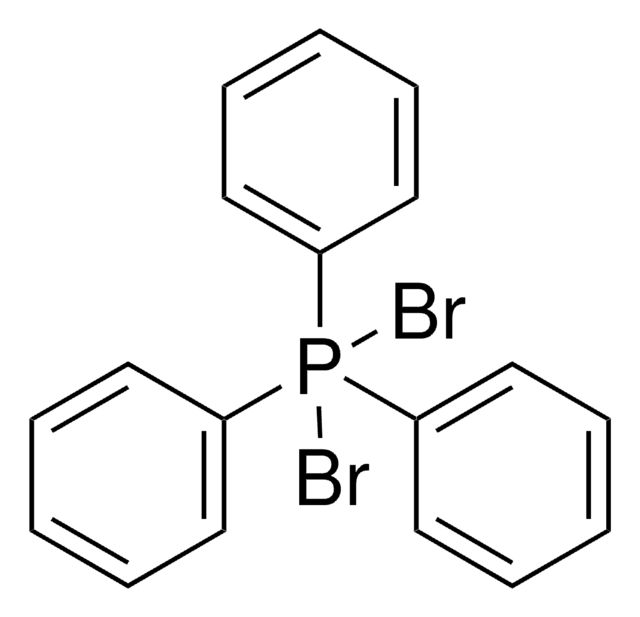266671
Cobalt
foil, thickness 0.25 mm, ≥99.99% trace metals basis
Synonym(s):
Cobalt element, Cobalt-59
About This Item
Recommended Products
Quality Level
Assay
≥99.99% trace metals basis
form
foil
resistivity
6.24 μΩ-cm, 20°C
thickness
0.25 mm
bp
2900 °C (lit.)
density
8.9 g/mL at 25 °C (lit.)
SMILES string
[Co]
InChI
1S/Co
InChI key
GUTLYIVDDKVIGB-UHFFFAOYSA-N
Looking for similar products? Visit Product Comparison Guide
Quantity
Signal Word
Danger
Hazard Statements
Precautionary Statements
Hazard Classifications
Acute Tox. 4 Oral - Aquatic Chronic 3 - Carc. 1B - Eye Irrit. 2 - Muta. 2 - Repr. 1A - Resp. Sens. 1 - Skin Sens. 1
Storage Class Code
6.1C - Combustible acute toxic Cat.3 / toxic compounds or compounds which causing chronic effects
WGK
WGK 3
Flash Point(F)
Not applicable
Flash Point(C)
Not applicable
Personal Protective Equipment
Choose from one of the most recent versions:
Already Own This Product?
Find documentation for the products that you have recently purchased in the Document Library.
Customers Also Viewed
Articles
Can there be an effective strategy for finding breakthrough materials, since they are, by definition, unpredictable? One answer is found in Combinatorial Materials Science techniques, which represent a powerful approach to identifying new and unexpected materials.
Biomedical implants are essentially foreign substances within the human body that must survive many years’ exposure to demanding mechanical and physiological conditions. Despite these challenges, metal implants have been widely used to substitute for or rebuild hard tissues such as bones and teeth.
The unique properties of the rare-earth elements and their alloys have brought them from relative obscurity to high profile use in common hightech applications.
Our team of scientists has experience in all areas of research including Life Science, Material Science, Chemical Synthesis, Chromatography, Analytical and many others.
Contact Technical Service